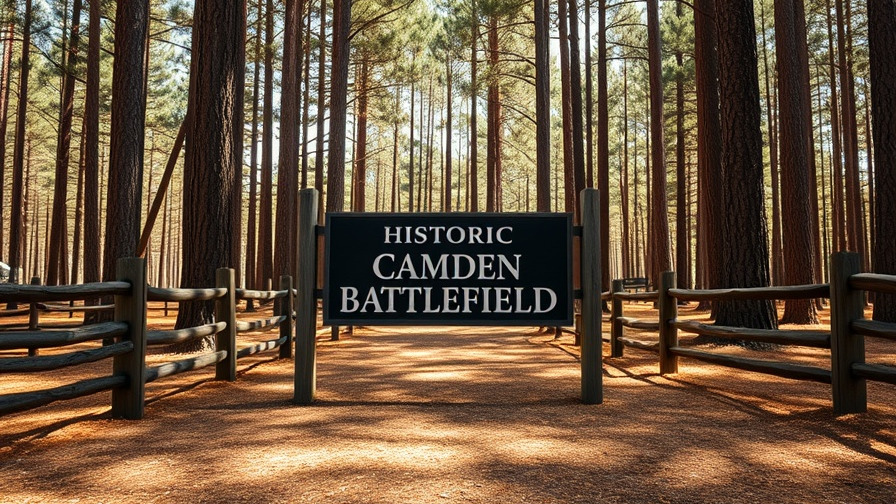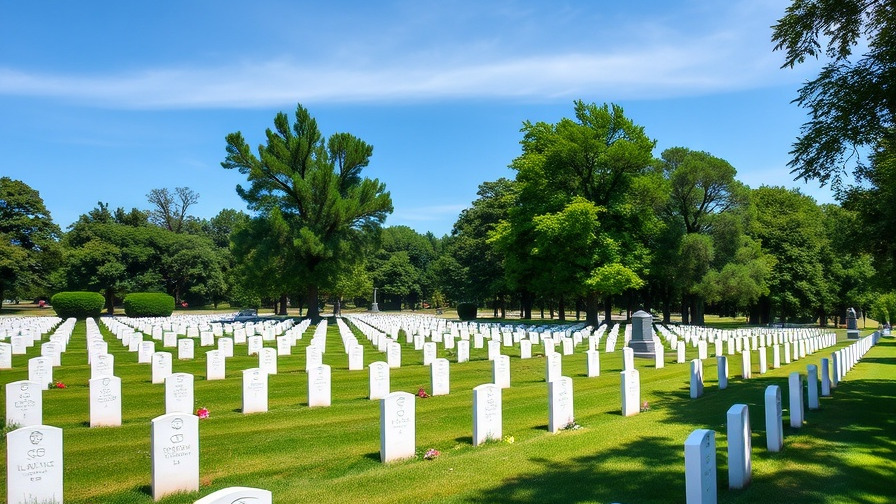
The Historic Clash at Camden: Understanding the Battle's Significance
The Battle of Camden, fought on August 16, 1780, during the American Revolution, marked a significant turning point in the southern campaign. Positioned on the Great Wagon Road in South Carolina, the battlefield represents the strategic complexities of the war. General Horatio Gates, tasked with reversing the Continental Army's fortunes after the loss of Charleston, faced off against British Commander Lord Cornwallis in a high-stakes showdown fueled by desperation and determination.
In The Battle of Camden | The Liberty Trail, the discussion dives into the critical military engagement that not only provides insight into the challenges faced by the Continental Army but also reveals the long-term implications of this defeat on American strategy.
The Forces at Play: British Strategies vs. American Resolve
Gates led approximately 3,400 troops, while Cornwallis commanded about 2,300 soldiers, including elite regiments. Despite being outnumbered, the British took advantage of the disarray within Gates's ranks. The presence of seasoned fighters on Cornwallis's side contrasted sharply with the inexperience of many of Gates’s men, many of whom were confronting battle for the first time. This disparity revealed how crucial soldier experience and well-tested strategies were in determining the outcome of conflicts during the revolutionary war.
Tactical Deployment and Mistakes That Changed History
One of the most debated aspects of the battle is Gates's deployment strategy. In an attempt to strengthen his left flank, Gates placed the inexperienced militia opposite some of the finest British troops. This curious decision led to a swift collapse of the American lines, ultimately termed the worst tactical defeat for American forces during the Revolutionary War. A mix of poor planning, lack of proper supplies, and ill troops compounded the difficulties as both armies clashed under the moonlight.
The Aftermath: Lessons Learned and Future Implications
While the battle was a devastating loss for the Continental Army, it spurred significant changes in military leadership. Daniel Morgan and Nathaniel Greene emerged as prominent figures who would lead the charge to revitalize the American campaign in the South following Camden. Their eventual successes, including the victory at Cowpens and Greene's strategic maneuvers, turned the tide of the war, providing a sense of resilience and hope in the aftermath of defeat.
Preserving Camden's Legacy: The Importance of Historical Memory
Today, the Camden battlefield stands as a testament to the sacrifices made by soldiers on both sides. Archaeological efforts over the years, including the recent recovery of remains from the battlefield, serve not only as a means of honoring those who fought but also as an essential part of understanding American history. Each discovery adds depth to the collective memory of the sacrifices made here, ensuring that the lessons of Camden will not be forgotten.
Witnessing this field, which remains unchanged since 1780, allows modern America to reflect on its past. As communities continue to develop, preserving sites like Camden becomes crucial in maintaining the historical fabric that shaped the nation.
 Add Row
Add Row  Add
Add 




Write A Comment